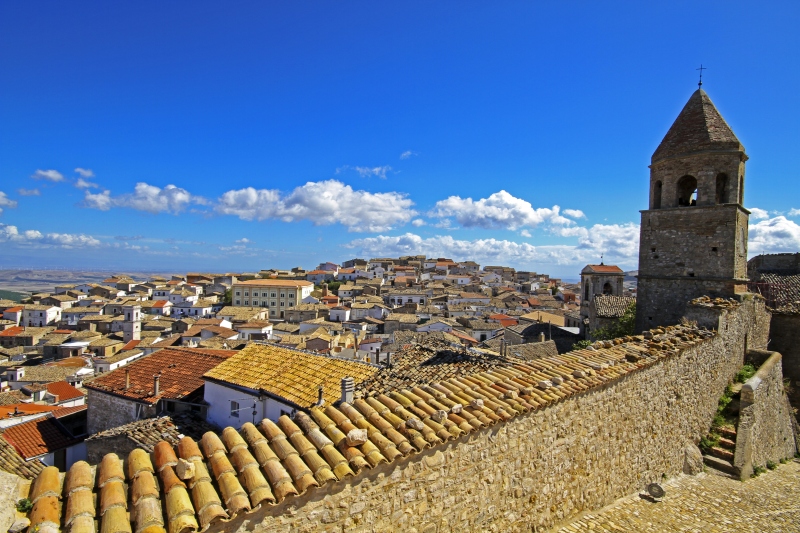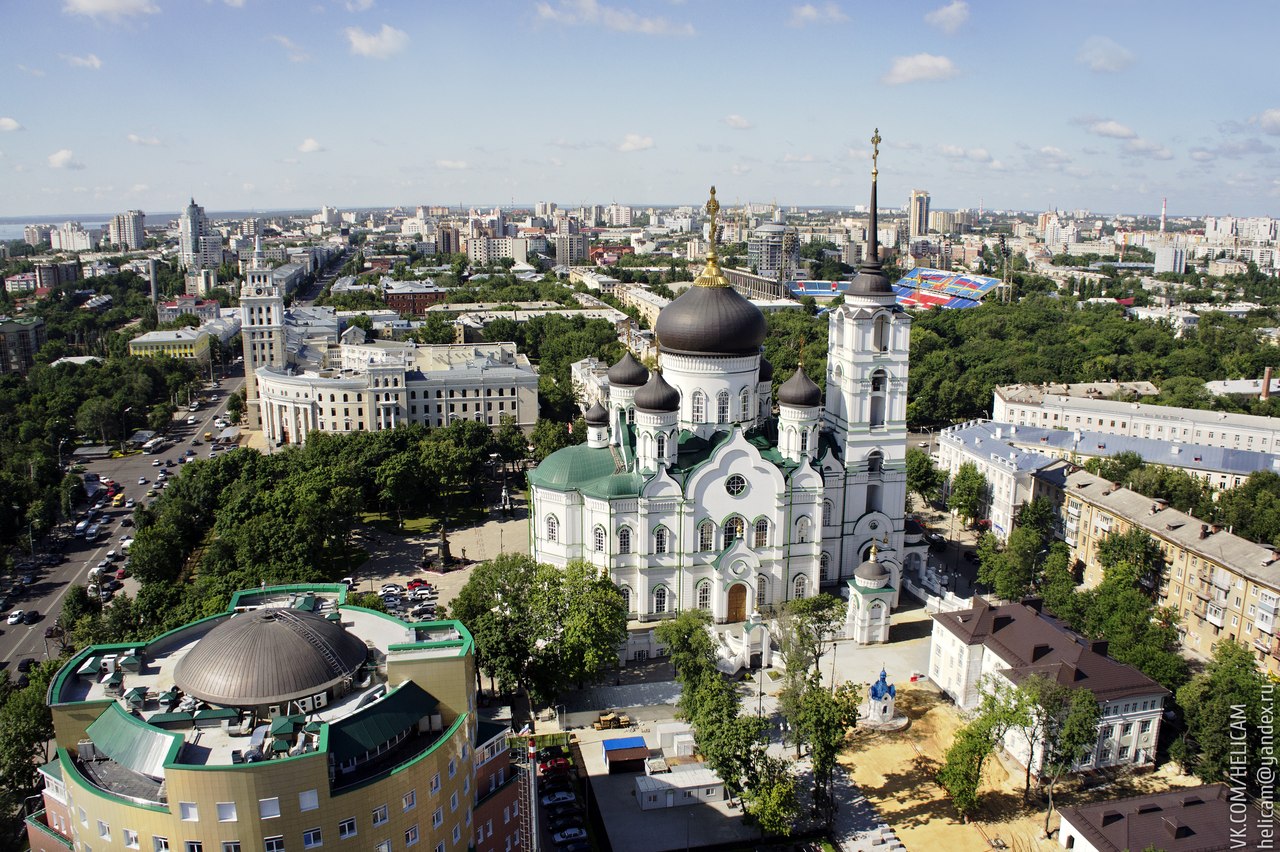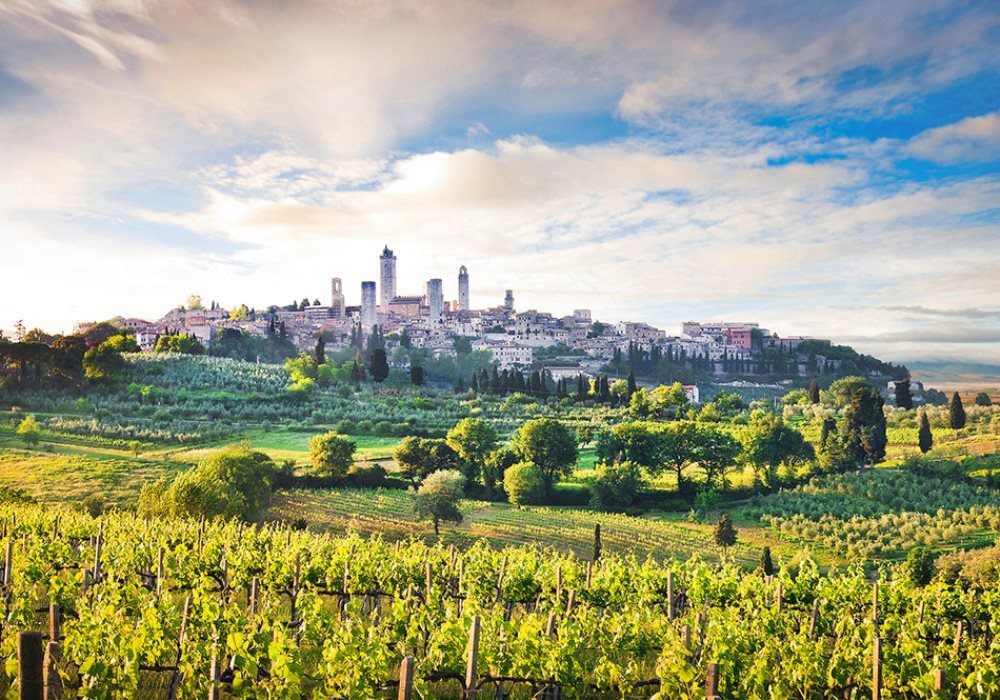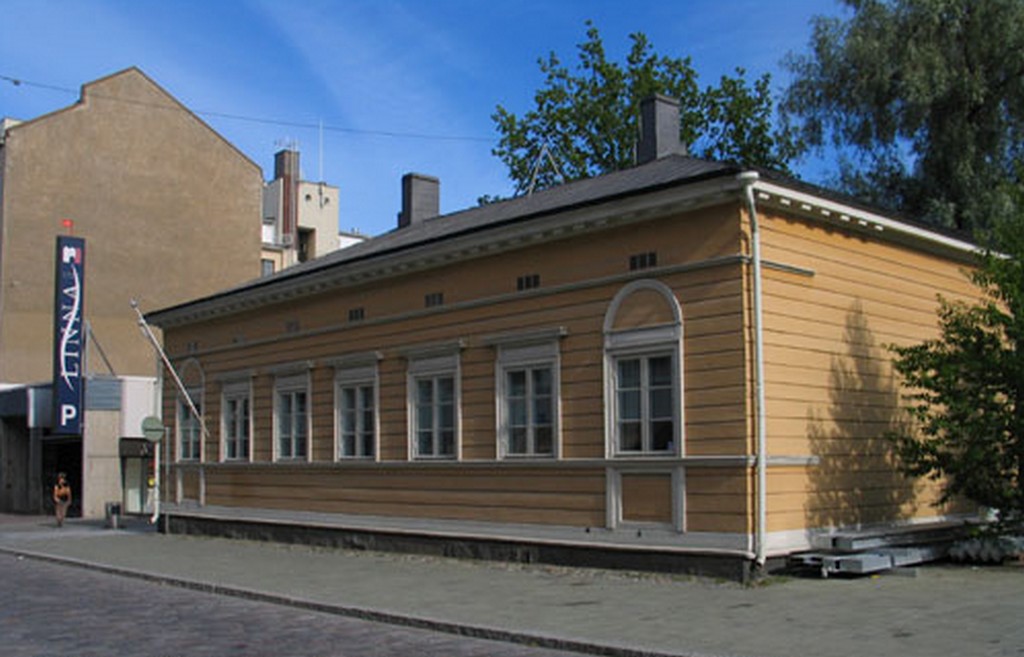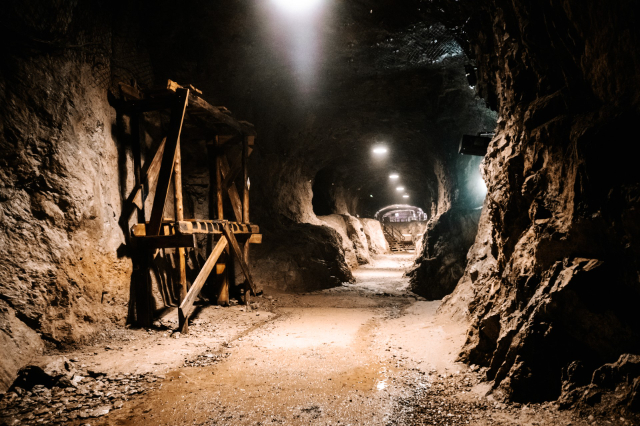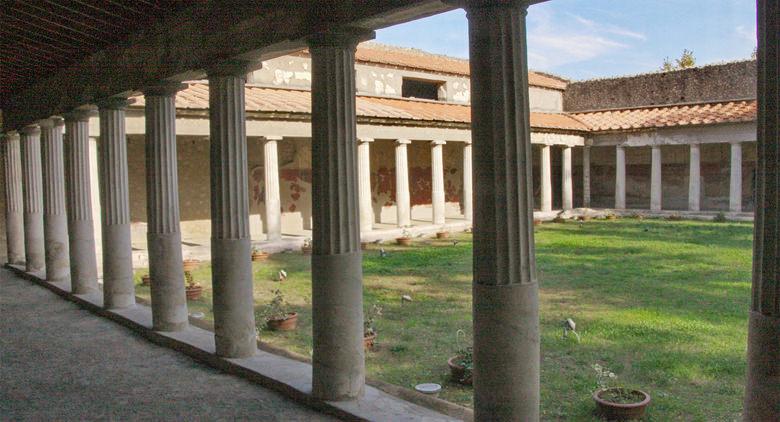The name “Bovino” derives from the Latin Vibinum, an Osco-Samnite center already under the dominion of Rome when Hannibal camped there, in 217 BC, before the battle of Canne. Some argue that the battle between Hannibal and the Romans did not take place in Canne but near Castelluccio Valmaggiore, in the valley of Celone. “He entered from the surroundings of Arpi in the territory of Irpini … devastating the territory of Beneventum, the Latin colony within their territory …”. Fortified center in the early Middle Ages, in 969 it was besieged by the Lombard Pandolfo Testadiferro who tore it, so, to the Byzantines with the help of Otto I of Saxony, bringing it back to the sovereignty of the Duchy of Benevento.
Episcopal seat since 971, is now part of the archdiocese of Foggia-Bovino. Since the thirteenth century the city was devoted to the Virgin, Our Lady of Valleverde, appeared in 1265 to the young woodsman Niccol, and in his honor was built a shrine. During the Risorgimento brigandage Bovino was occupied by the bands of Carmine Crocco of Rionero in Vulture, with the support of his lieutenant Giuseppe Schiavone of Sant’Agata di Puglia. Places of interest The cathedral, built in the tenth century in Byzantine style, was profoundly remodeled in the second half of the eleventh century when it assumed Romanesque appearance. Rebuilt in the 14th century, it was restored in 1935. Inside there is the sepulchre of Bishop Giustiniani dating back to 1608, a baroque choir of the early eighteenth century and a valuable painting attributed to M. Preti entitled San Sebastia
